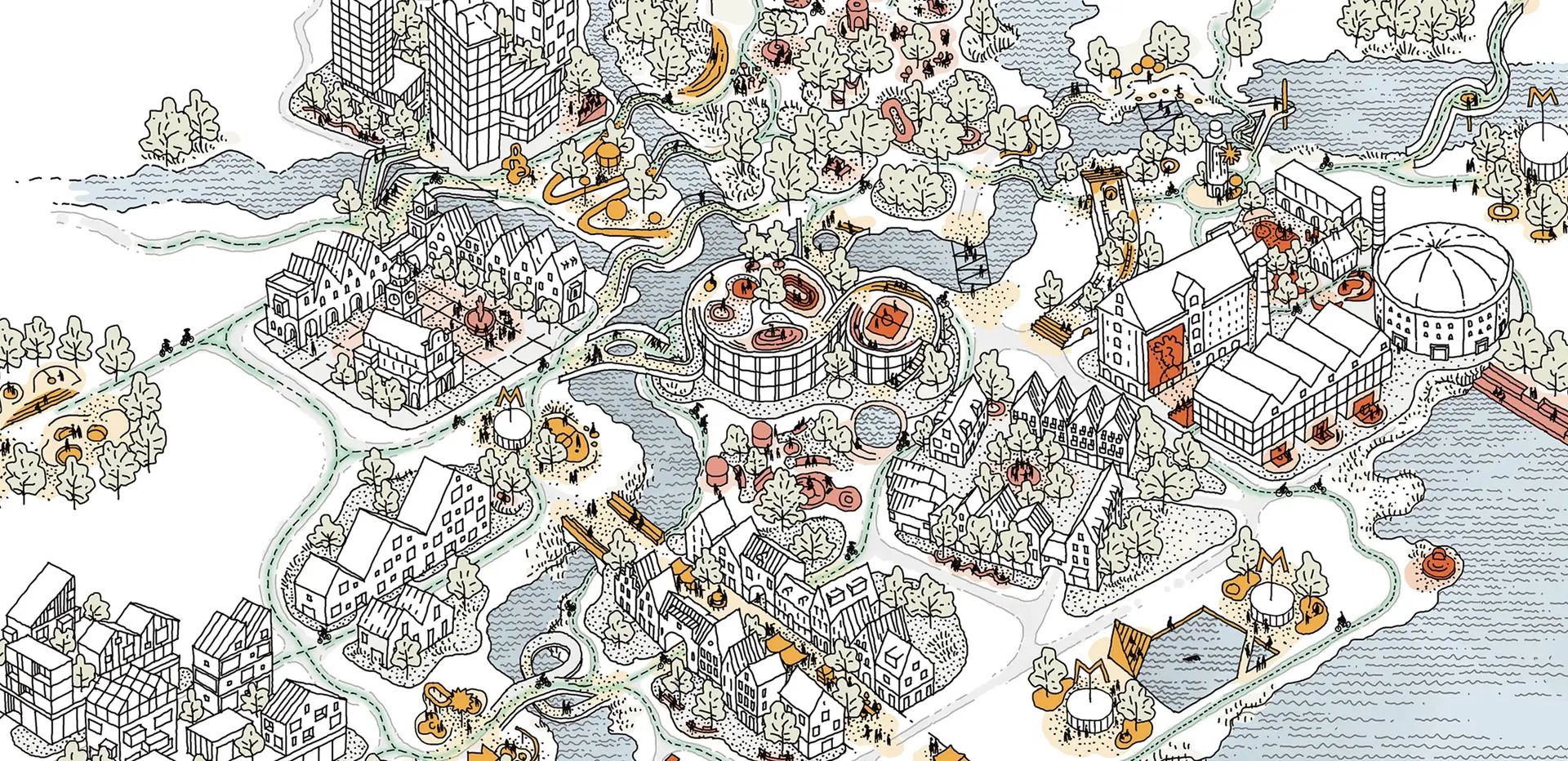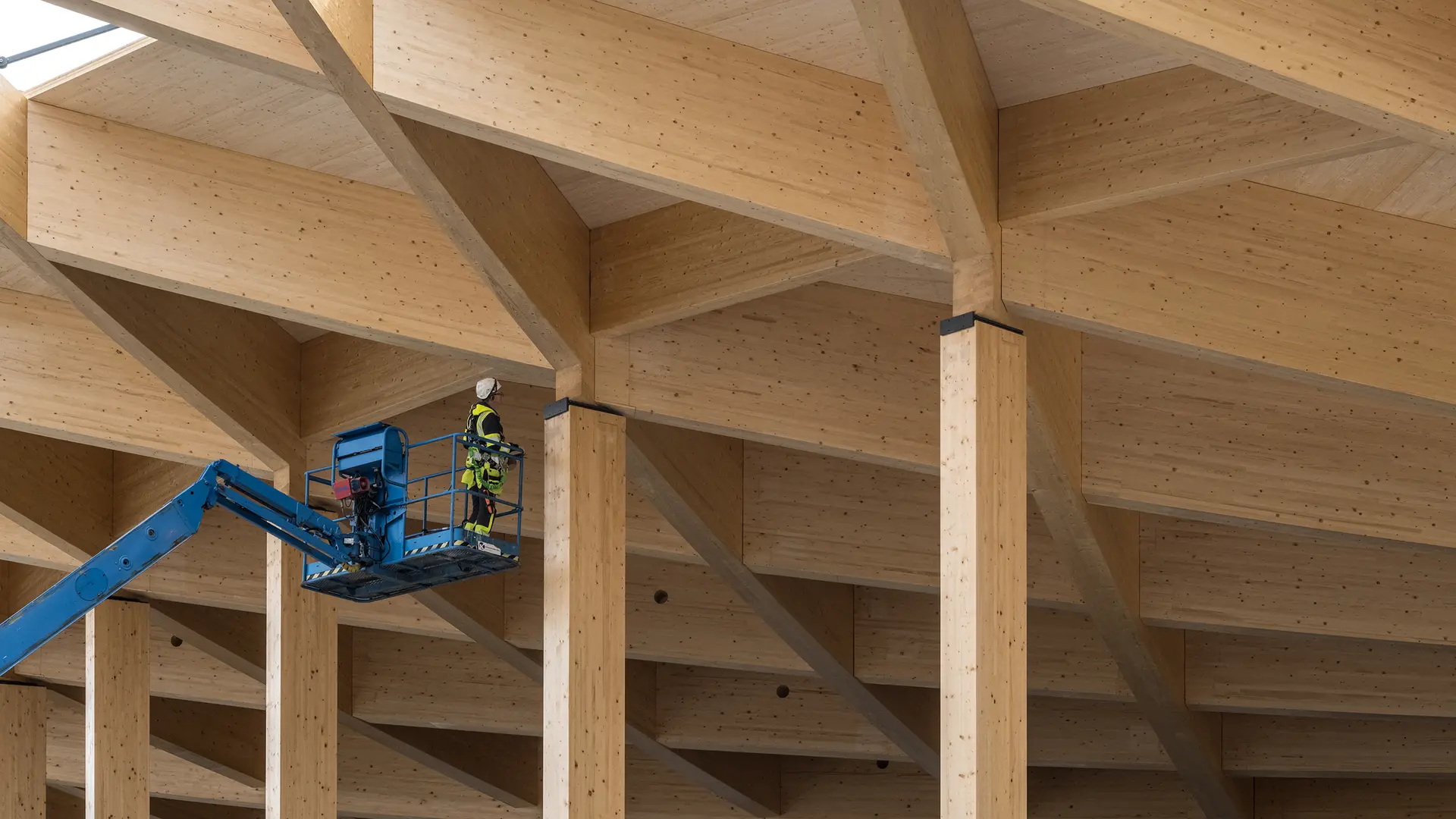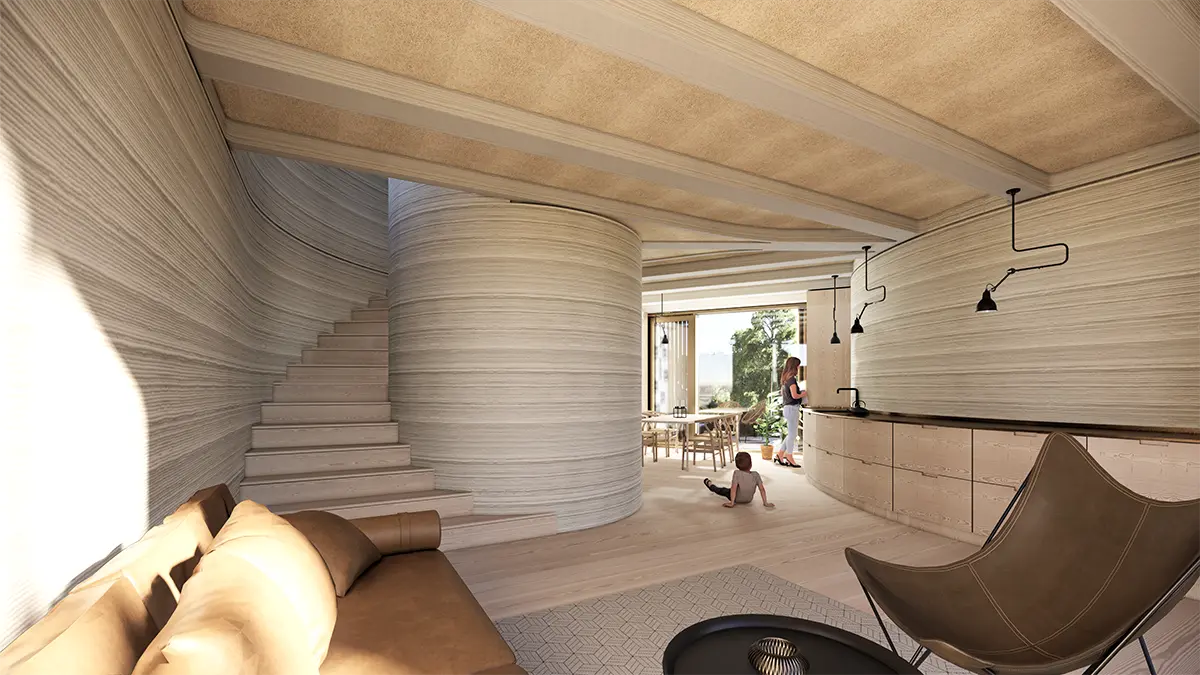Postindustrial urbanism is changing cities - let's remember its roots

As industrial shipyards, docks, and harbors become increasingly popular targets for urban regeneration, it’s worth questioning how much these spaces have actually been designed to benefit the people who call these places home. History and personal connection always offer more value than price per square meter – and are the best ways to guarantee a long second life. It’s a lesson worth remembering as we continue to look for new ways to make the city.
Waterfront urbanism moves in waves. The element has long been the kingmaking ingredient for powerful cities across the globe. First as a mover and maker of commerce, the rapid industrialization of the waterfront during the early 19th century turned urban waterways into unrelenting streams of pollution. Isolated to their industrials function and devoid of civic life, these waterfronts hollowed-out en-masse when heavy industry moved out of European and North American cities in the latter half of the 20th century. But after a dip comes a crest, and the vibrant waterfront is once again a defining feature in 21st century urbanism— now for a drastically changed urban economy centered on services, experiences, and tourism.
The postindustrial shift in most western cities transformed waterfronts: working docks turned into contemporary art centers and new-age office buildings, shipyards into microbreweries and international food halls. Just across the harbor from Henning Larsen’s Copenhagen office, the former industrial dock at Refshaleøen houses everything from furniture flea market to shipping container homes. Similar stories can be found across the world, from San Francisco to Cape Town to Shanghai. For better or worse, post-industrial urbanism has gone mainstream.
In cities with rising populations and limited room for growth, it’s no surprise to see these vacant industrial ruins now in the spotlight again. The history and grit of industrial architecture offers an attractive alternative to the anonymous glassy supertalls prevalent in new urban developments — but it isn’t enough to rely on the fleeting charm of industrial spaces. How can these waterfront transformations move beyond just tourist-attractions and retail-destinations to create a long-lasting, context-specific framework for neighborhoods to evolve into? Here are some of the ways we’ve done just that:
1. Gdansk Imperial Shipyard
At Gdansk Imperial Shipyard, historic and personal connection lays the groundwork for renewed life for the city’s waterfront. The shipyard, a storied site where workers successfully fought for labor reforms in the 1980s Gdansk Agreement, uses these connections to continue the city’s timeline rather than establishing a new one. Practically every element of the historic site remains: Courtyard gardens planted by dockworkers become small parks and terraces, the industrial dock remains as a public access point to the water, and the historic site of the Agreement’s signing houses a public plaza for year-round events.
2. Belfast Waterside
Eyeing the harbors of Copenhagen, the masterplan for Belfast Waterside activates public life in and around the River Lagan. The 1.7 million square ft mixed-use development harnesses the river to connect, rather than cut across, the city. Access to the waterfront means nothing if there’s no one to use it; adding 750 homes, 5300 jobs, and a pedestrian and cycling plan to the city’s harbor, the site will become a major driver of economic and population growth for Belfast. The design almost triples the season for outdoor activity, from 9 to 25 weeks, by strategically placing buildings along the waterfront to control wind patterns.
3. Cockle Bay Park
The design for Cockle Bay Park mitigates between the need to build upwards in our rapidly urbanizing world and our need for human-scaled urbanism at the eye-level. Currently located on an an under-utilized and low-lying commercial strip with the backdrop of Sydney’s soaring skyline, Cockle Bay connects waterfront and city at Darling Harbor. A pedestrian walkway cuts directly through the podium and the 10.000m2 of park space is the most expansive addition of public space central Sydney has seen in a century, transforming Darling Harbor into a truly people’s harbor.



